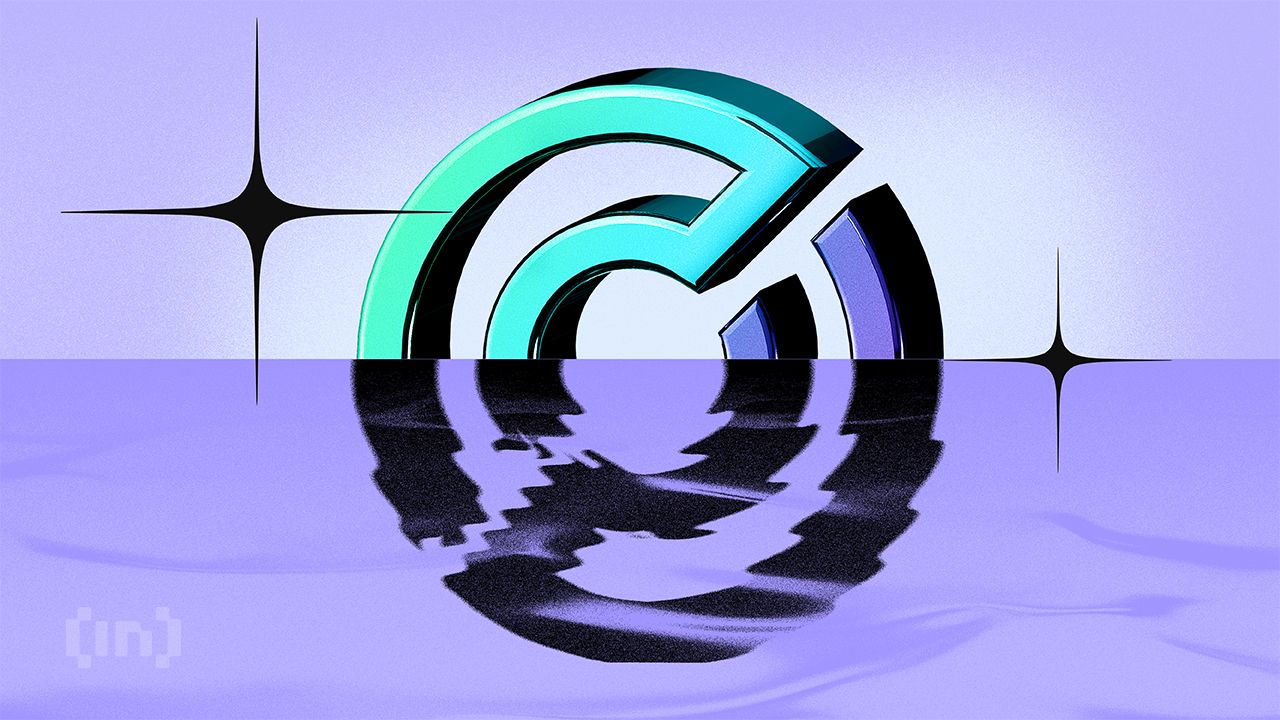
Circle (CRCL), the powerhouse behind the second-largest stablecoin USDC, has seen its stock tumble back to its IPO price amidst increasing insider unlocks, rising volatility fears, and shifting dynamics within the stablecoin market. Despite these challenges, Circle’s robust financial performance and institutional support point toward a promising future for its long-term investors.
The Rise and Fall of Circle’s Post-IPO Performance
After going public earlier this year at $31 per share, Circle’s stock soared to an impressive $240 during its peak. However, the windfall was short-lived, with the stock returning to its opening price following the expiration of lock-up restrictions – a critical period allowing insiders to sell their shares.
The recent selling pressure from early investors has generated concerns about short-term volatility, even as Circle’s operational fundamentals indicate strong growth. For example, Circle’s Q3 earnings report revealed a 108% year-over-year increase in USDC circulation to $73.7 billion, alongside on-chain transaction volume reaching a staggering $9.6 trillion – up 680% from the previous year.
The Stablecoin Market: A Portrait of Opportunity and Competition
Stablecoins like Circle’s USDC and Tether’s USDT form the backbone of cryptocurrency trading and blockchain-based financial systems. While Tether continues to dominate the market with a valuation of roughly $500 billion, Circle trails at approximately $20 billion. This gap has prompted questions among investors about whether Circle is undervalued or Tether overpriced. The profitability gap also remains stark, with Tether yielding exponentially higher net income in 2025 compared to Circle.
Circle’s narrative, however, is not without hope. JPMorgan recently upgraded Circle’s stock from “underweight” to “overweight,” increasing its price target to $100. Key institutional players like Ark Invest, helmed by Cathie Wood, also expressed confidence, purchasing over $30 million worth of CRCL shares.
With endorsements like these, Circle positions itself as a major contender in the ongoing stablecoin revolution. Circle’s CEO emphasized, “Our Q3 2025 earnings results prove that the internet financial system isn’t coming; it’s already here.”
Is Circle’s Volatility an Opportunity?
While many investors view Circle’s current stock price slide with apprehension, others see opportunity. Market analyst Simon Dedic of MoonRock Capital highlighted that today’s volatility is creating “attractive entry points” for long-term holders. His sentiment echoes previous IPO trajectories, such as Coinbase, which took nearly four years post-IPO for investors to enjoy consistent profits.
JPMorgan analysts are optimistic about Circle’s trajectory, citing improving fundamentals, increased adoption of USDC, and the broader stablecoin market’s potential for exponential growth. This optimism has led some to suggest that the current dip is less a cause for concern and more a chance for savvy investors to build long-term positions in a company pivotal to cryptocurrency infrastructure.
Are You Exploring the Crypto Market?
For lifestyle users navigating crypto as a side hustle or serious investment strategy, tracking stablecoins like USDC is critical. Tools like the Ledger Nano X hardware wallet provide a secure way to store digital assets while you explore the opportunities within volatile markets like Circle.
Looking Forward: Circle’s Position Amid Volatility
Despite price fluctuations and skepticism from some corners of the investment community, Circle retains the trust of major financial institutions and retail investors alike. With the next leg of the stablecoin supercycle looming, the stock’s trajectory will depend on how the market absorbs near-term supply and evaluations compared to competitors like Tether.
For crypto investors, Circle serves as a reminder of both the challenges and opportunities of the digital asset space. Whether you’re investing in the technology or strategically tuning your portfolio, CRCL provides a lens into a sector poised for ongoing innovation and disruption.



